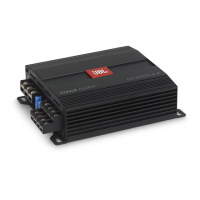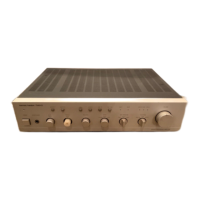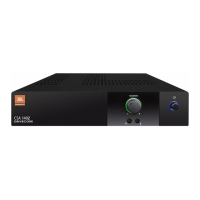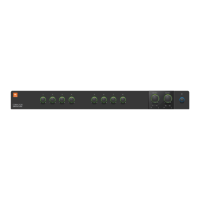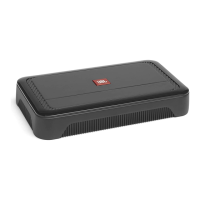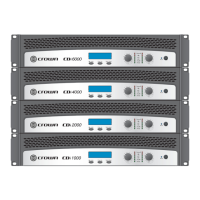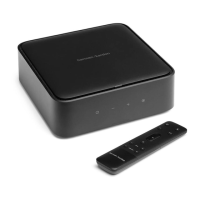5.3 5.3 Operations Overview > Console Bays
Vi1000 USER MANUAL
5.3 Operations Overview > Console Bays
5.3: Console Bays
The console is divided into two main bays. Counting from the left, the rst bay is the input bay. The second bay is the
Master Bay (also known as the Control Bay).
Input bay normally controls input channels, however, they can have other functions mapped to them depending on
how the console is being used. For example, you can map the bus masters, matrix mix sources, aux bus contribtions,
and more to the input faders.
The input bay vistonics touch screen areas normally show eight channel-strip processing blocks for the eight
corresponding faders. You can touch those processing blocks to focus the VST section (bottom part of screen
populated with encoders and buttons) on that selection.
The input bay VST areas normally show Aux 1 and 2 contributions, though the functions of these encoders are also
determined by the input channel VISTONICS button group.
The Master Bay contains asignable faders for the bus masters, plus the mix master (L, R, C) faders and the
assignable monitor fader. Input channels can also be assigned to the Master Bay, which is useful if more than 8 inputs
need to be controlled at the same time.
The Master Bay touch screen default display is an overview of metering for all input and output channels, as well as an
as system message area and cue list.
The Master Bay VST area’s default mapping is the rst 16 bus masters. The next eight masters can be accessed with
the [PAGE B] button in the Master Bay VISTONICS button group.

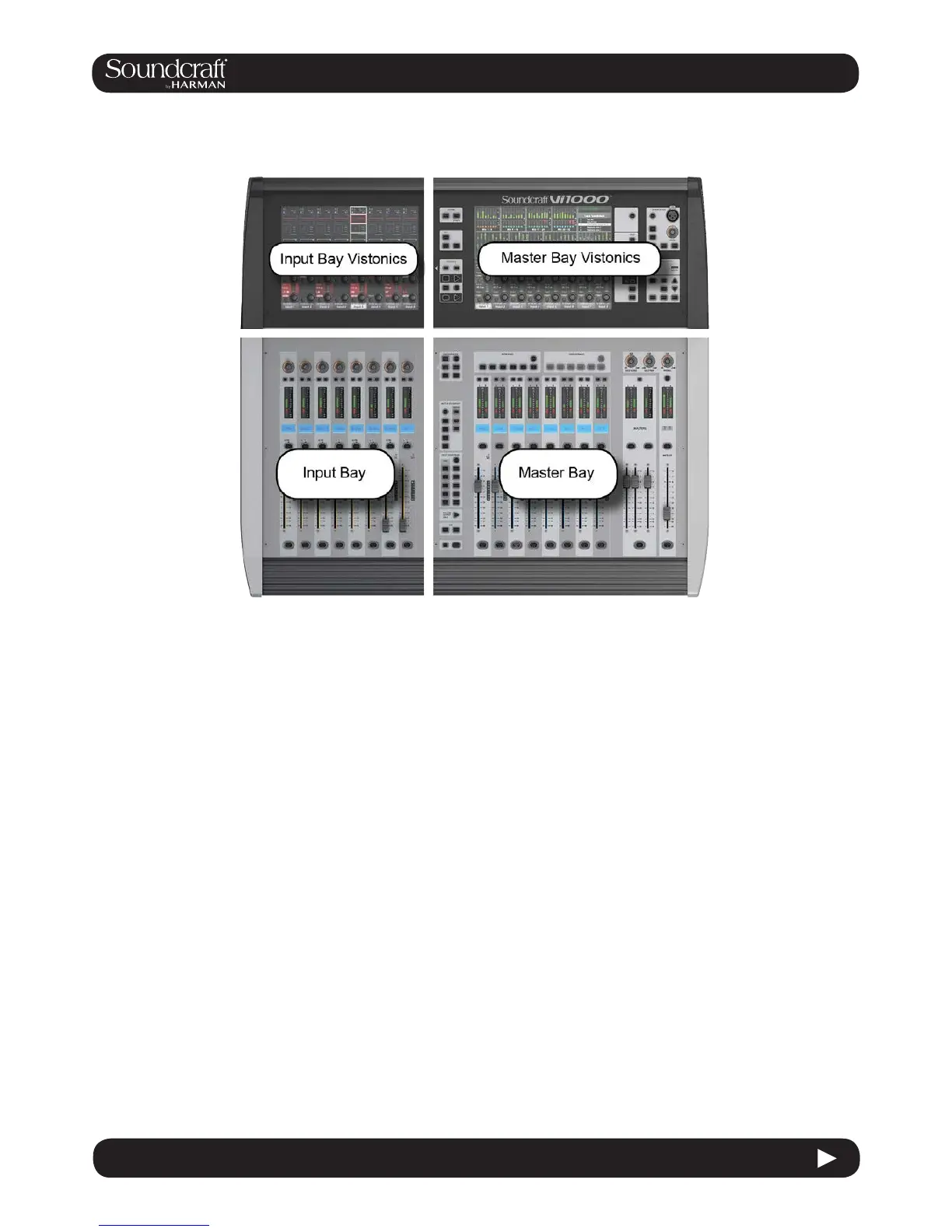